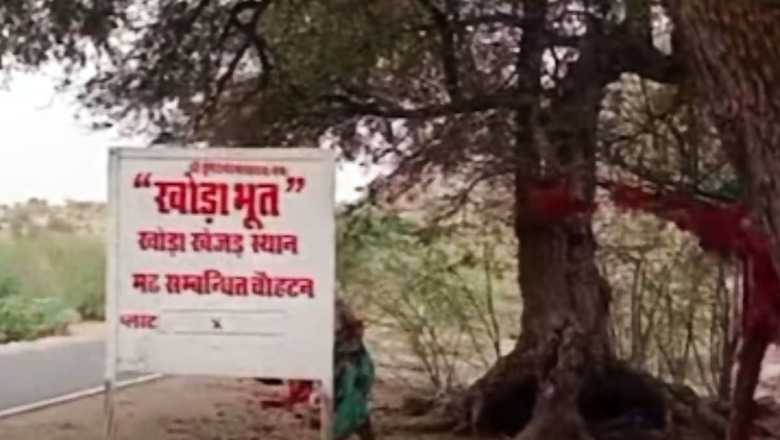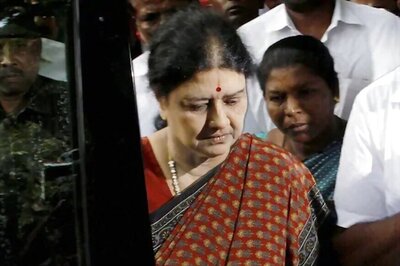
views
The state of Rajasthan is filled with multiple stories of ghosts. They have been doing the rounds for centuries. One such tale is that of the Khoda Bhoot of Barmer. The story revolves around a head priest from a nearby monastery, who used to feed ghosts every night. His disciple after becoming suspicious of his disappearances at night followed him one evening. What he discovered became the foundation of the Khoda Bhoot legend. According to the story, there is a Khejri tree in the Chohtan tehsil of Barmer, which is believed to be the gathering spot of ghosts. The head priest of the Chohtan monastery, Bhavpuri, used to secretly feed those spirits at night. During his secret visits, Bhavpuri ensured that no one was aware of his actions, adding to the mystery of the story.
It is believed that, when Bhavpuri’s disciple, after getting doubtful of his guru, went to the spot and saw the incident, all the ghosts disappeared after seeing him. Among the ghosts, one’s spirit persisted there. When Bhavpuri went to the spot he realised that the ghosts had already vanished. When he called them, only one spirit came forward. When asked by Bhavpuri, the lame ghost claimed that everyone (the spirits) vanished except him. Following this, Bhavpuri instructed the lame ghost to stay there near the Khejri tree while he himself travelled to see Durgapuri Maharaj.
Upon arriving, Bhavpuri humbly held Durgapuri’s feet. Durgapuri said that it was inapt for a guru to show such respect to his disciple. Bhavpuri then declared his desire to become Durgapuri’s disciple. Durgapuri responded that this could not happen in this lifetime and that Bhavpuri would need to be reborn to achieve this.
The tale continues with a local merchant named Seth, who lived near the monastery and was childless. Bhavpuri promised to Seth that he would have a child, provided he agreed to offer the child to the monastery. Following this Bhavpuri was reborn as Seth’s son and eventually became Durgapuri’s disciple.
This is the story of the Khoda Bhoot. In the local language, Khoda means lame; therefore, it is called Khoda Bhoot. The Khejri tree which is called the Khoda Bhoot also has a board attached to it, clearly written Khoda Bhoot. People also come here to worship this place. This place is located near a hill on the way to Bair Mata in Chohtan tehsil of Barmer. This place is also known as Khoda Khejad Sthan or Khoda Devasthan. Newly married couples also visit this place to worship this.
This story of the Khoda Bhoot introduced locals to the Khejri tree, also known as Shami tree, which holds significant cultural and ecological importance in Rajasthan. This tree has been worshipped during the time of Mahabharata. It is also believed that Pandavas hid their weapons in this Khejri tree and worshipped them during the period of exile.
Apart from its cultural significance, this tree is also considered as drought-resistant and can survive in extreme conditions.




















Comments
0 comment